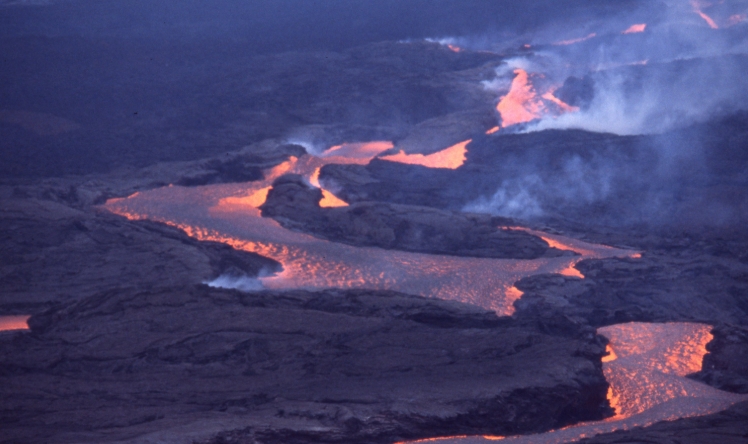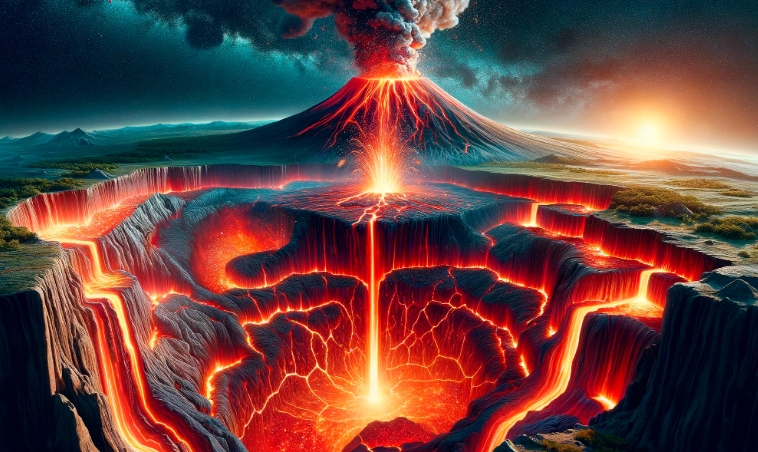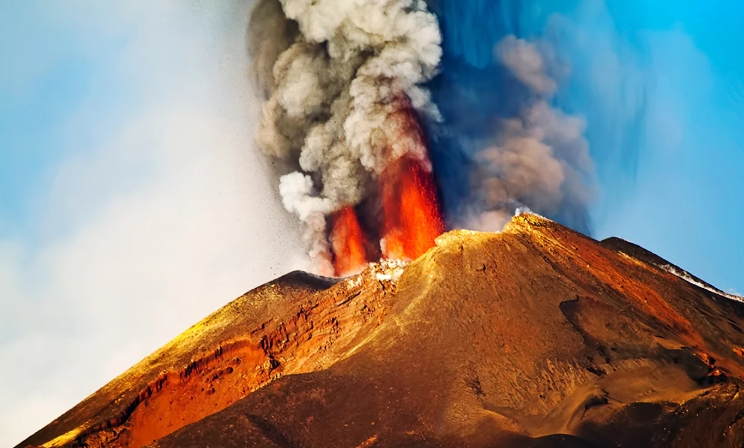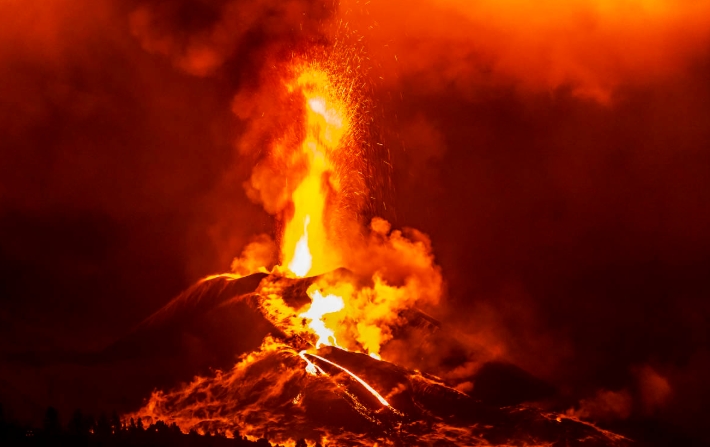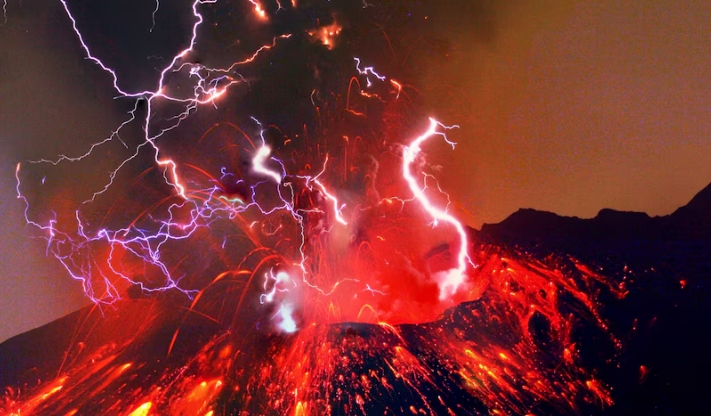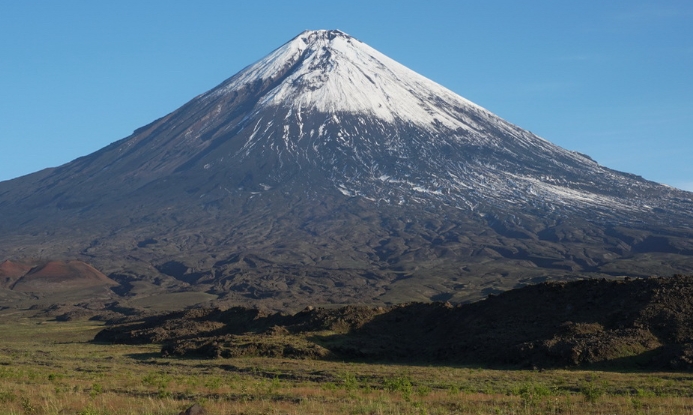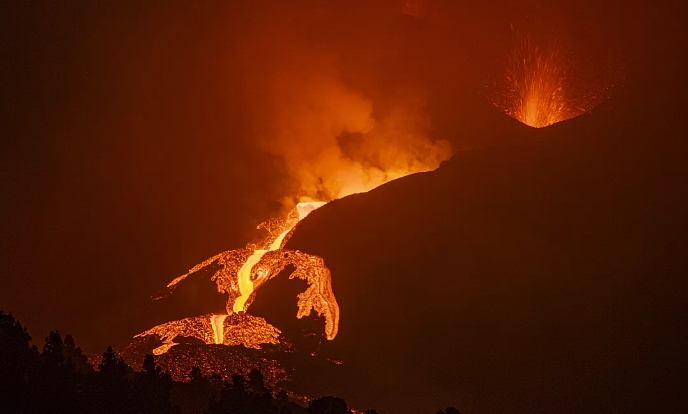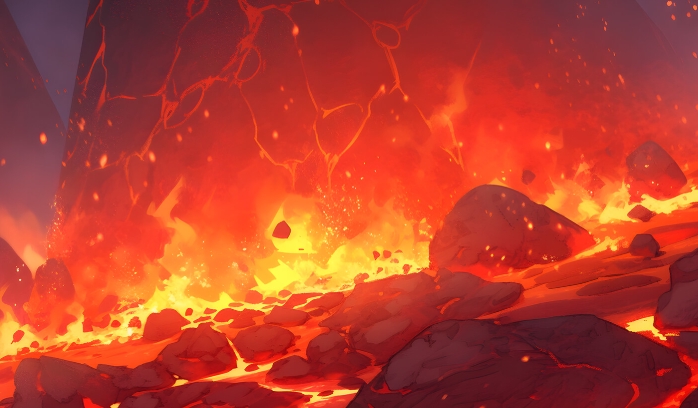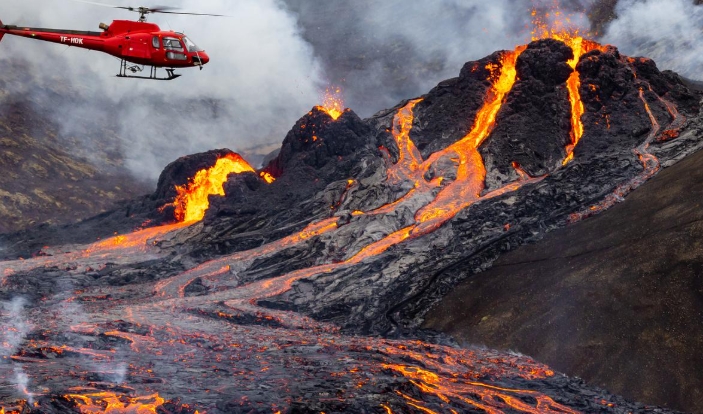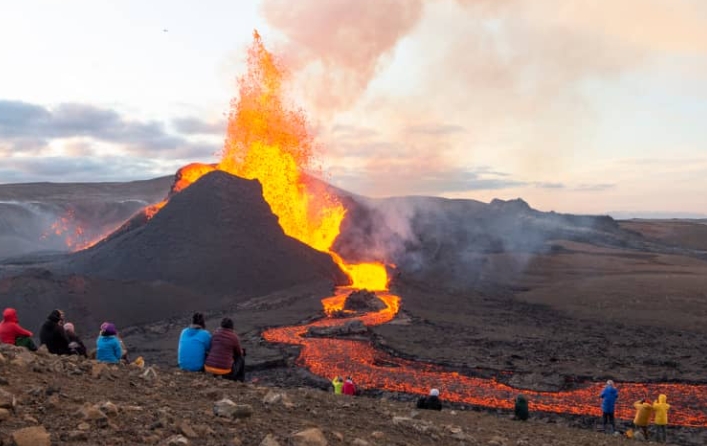volcanics
Volcanic eruptions are powerful natural phenomena that can have both destructive and creative effects on the environment. Understanding the science behind volcanic eruptions is the key to unlocking their power and potential. The forces at play during a volcanic eruption are immense and can reshape landscapes in a matter of moments. When a volcano erupts, […]

